Currently, ceramic tiles and luxury vinyl tiles are the two most prevalent alternatives (LVT) for bathroom wall and floor. Which wins the fight between luxury vinyl flooring vs porcelain tile?
Let’s compare luxury vinyl tile and ceramic tile based on five quantitative characteristics: Appearance & Style, Durability & Stability, Environmental Impact, Applications, and Cost. This will help us to understand how luxury vinyl tile and ceramic tile are comparable in these regards.

What are LVT and ceramic tile exactly?
PVC and fiberglass, two reinforced plastics, are the primary components of the synthetic material known as vinyl. Water-, stain-, and scratch-resistant standard vinyl tiles are adhered with mastic, a sealant. However, what about premium vinyl flooring? What differentiates them? They are sturdier and thicker.
In addition, many goods now have click-lock edges for easier, quicker installation as an alternative to glue. Ceramic tiles (including porcelain) are manufactured from natural earth clays that have been glazed and tempered at high temperatures. Due to their natural resistance to stains, scratches, water, and other damage, LVT and ceramic tiles are great flooring solutions for bathrooms.
Vinyl flooring that mimics ceramic tile has gained popularity due to LVT’s ability to mimic the appearance of the real thing. Performance-wise, luxury vinyl tile often outperforms ceramic tile. To aid you in selecting the optimal solution for your bathroom, let’s examine the benefits of each.

Which flooring material is superior, vinyl or ceramic tiles? Both flooring options are ideal for bathrooms, therefore it is vital to compare their benefits and drawbacks. We will compare the cost, installation, maintenance, and value of different materials.
- Cost
As with the majority of goods, pricing can vary based on quality. However, vinyl flooring is often less expensive than ceramic tile across the board. Depending on the size of the bathroom, which is normally 36 to 40 square feet, the flooring material may cost anywhere from $40 to $500 more or less.
- Sell Value
In terms of resale value, ceramic tiles are the more upmarket option, according to real estate professionals and prospective homeowners. Specifically for luxury homes, ceramic tile is the way to go if you want to get top dollar for your home.
However, don’t write off luxury vinyl tiles completely! Unlike less expensive traditional vinyl tile, modern LVT may mimic the appearance of ceramic tile rather successfully. Utilizing LVT frequently enables you to save money while attaining a comparable look and increasing the value of your home.
- Sizes and Forms
Ceramic and vinyl tile may also be altered aesthetically. For example, both are available in a range of colors. However, vinyl tile comes in a limited number of sizes and forms.
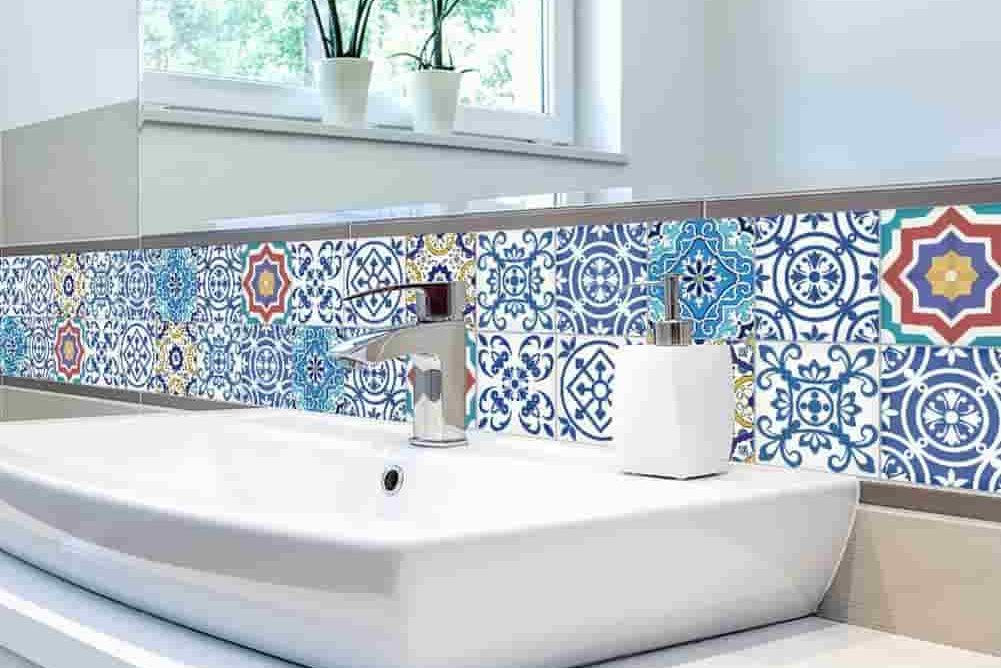
Ceramic tiles are available in square, rectangular, and geometric forms, whereas vinyl tiles are predominantly square. The size of tiles range from 3 to 18 inches. With this expanded selection, it may be easier to achieve the exact look you want for your bathroom floor.
- Durability
The flooring in which you put your hard-earned cash should be durable, right? The following table compares the durability of LVT vs ceramic tile.
- opposition to water
Both ceramic and luxury vinyl tiles are water-resistant but not entirely waterproof. In the absence of maintenance, water may escape through the gaps or, in the case of LVT, cause the vinyl to bubble. Ceramic tile is somewhat more water-resistant, although problems are infrequent if spills are cleaned up promptly.
Due to its thickness and covering, LVT is fairly resistant to scratches and gouges, although ceramic tile also beats LVT in this regard. It is, after all, a more resilient material. Dropping a heavy object on porcelain, for example, might cause it to crack or chip.
- Life expectancy overall
Both materials are durable when properly maintained, although ceramic tile generally has a longer lifespan. A ceramic tile floor may last up to 40 years, but luxury vinyl bathroom tiles often only last 10 years. In terms of durability, ceramic trumps LVT in every way.
So that they might survive as long as feasible, let’s move on to maintenance and care. In terms of durability, ceramic trumps LVT in every way. So that they might survive as long as feasible, let’s move on to maintenance and care.
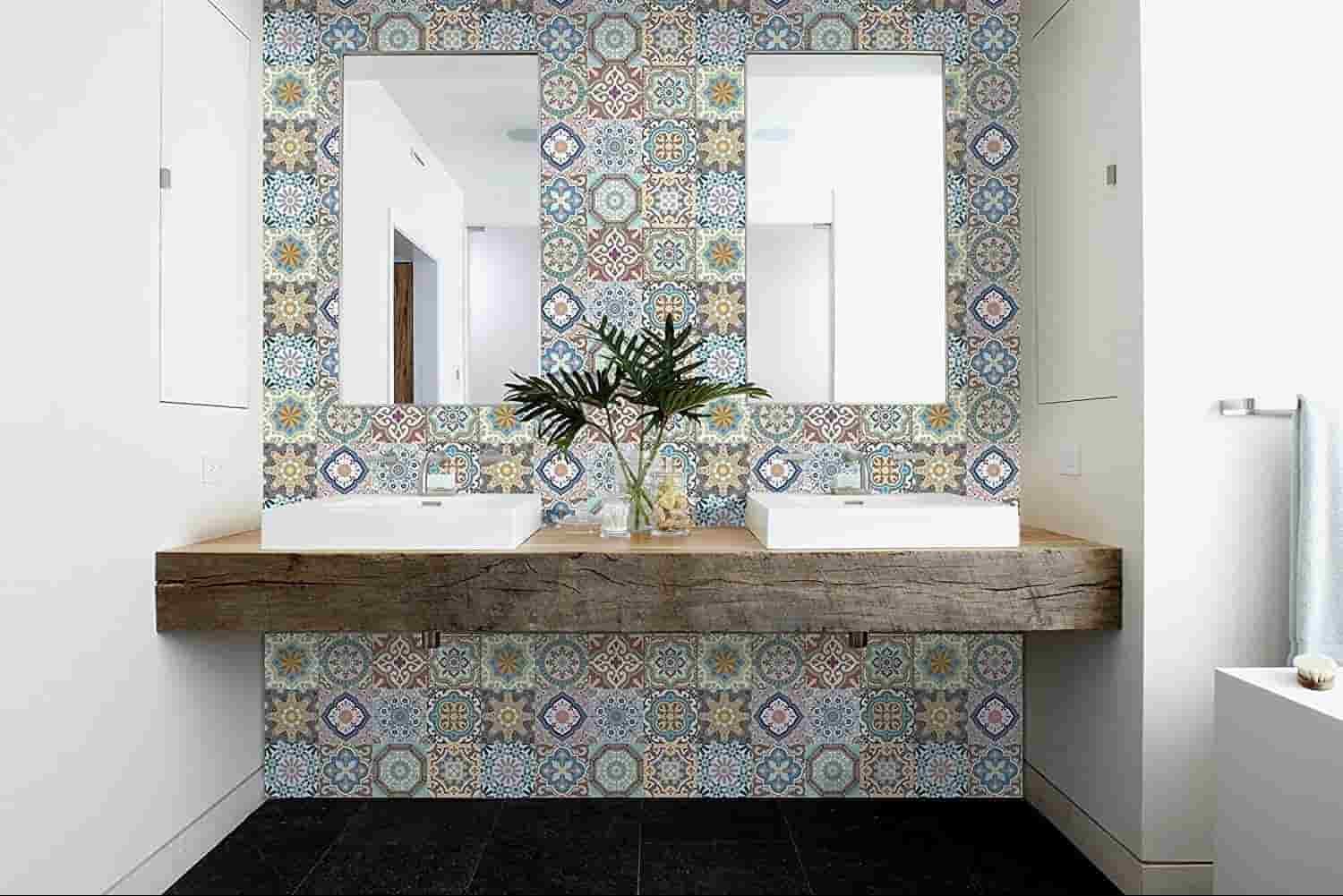
- Daily and Permanent Maintenance
To keep your bathroom floors in good condition, sweep them frequently and mop them on a regular basis using a mild cleaning solution.
Using this technology, ceramic and vinyl tiles may be fitted. However, with time, the grout between ceramic tiles may become discolored or even moldy. If so, it would be more labor-intensive to maintain than vinyl bathroom flooring since it would require regular cleaning.
- Installation is elementary.
It is difficult to lay ceramic flooring in a bathroom. To guarantee that the cement floor underneath is level, it is necessary to remove the present floor.
The tiles are then placed atop an adhesive that mimics glue, and if necessary, they are cut to fit the space using specialist equipment. Once the glue has hardened, grout is utilized to fill the joints. The grout must be allowed to dry before moving forward.
LVT installation is a significantly easier process. While some designs need glue, the majority are easy to install due to self-adhesive backings or click-lock connectors. LVT certainly wins for installation simplicity.
- How to choose the optimal bathroom tile
LVT and ceramic tile are both worthwhile choices to consider whether you’re seeking to increase the value of your home in order to sell it or if it’s just time for an upgrade.
When planning a remodeling and picking between LVT and porcelain tiles, you need consider more than just the initial cost. If your project involves a floor in a high-traffic area that receives direct sunshine (such as the living room, dining room, or kitchen), porcelain tiles are the ideal choice. They will be more durable, more aesthetically pleasing, and environmentally responsible.
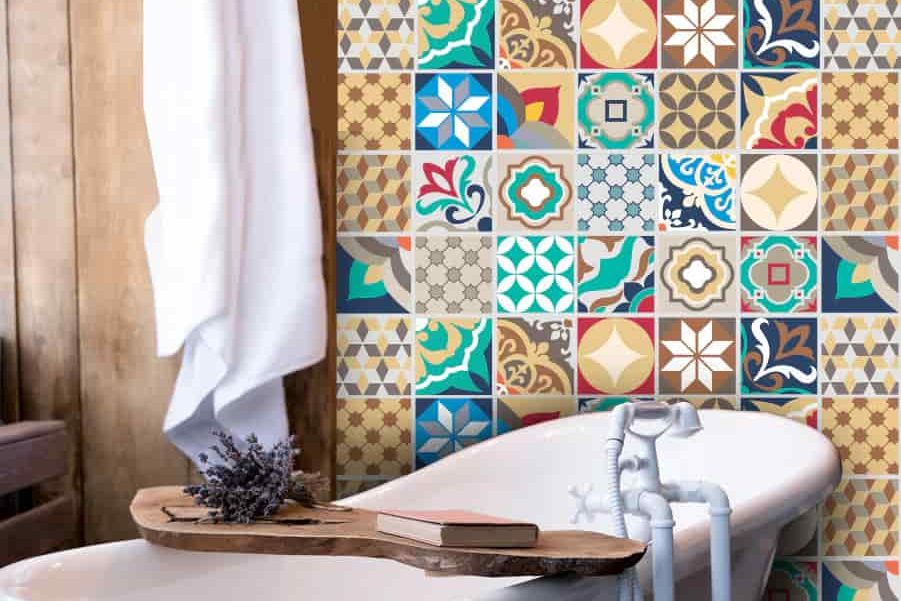
We can guarantee your project for 25 years if you use our BAL adhesive and grout in conjunction with the porcelain tile of your choosing. Ceramic flooring is indestructible. Although this may appear to be a selling advantage, a style-conscious designer may recognize the flaw. Trends are subject to change.
Ceramic flooring, on the other hand, makes it hard to follow fashion. Ceramic flooring is expensive, dirty, and time-consuming to install and remove. Premium vinyl flooring, on the other hand, may be readily laid and changed tile by tile. Vinyl flooring that replicates ceramic is the best option since it is available in a wide selection of styles and appearances.
Ceramic tile cutting requires costly equipment and skill, resulting in costly hours for professionals. However, laying luxury vinyl flooring requires far less time and may be cut with a straight edge and utility knife.
With luxury vinyl, a variety of patterns are possible, including ceramic-like designs. The resilience of ceramic flooring, which is unaffected by moisture or other environmental changes, is its finest characteristic in this category. It won’t enlarge or decrease.
Ceramic is sturdy, yet its solidity is also its downfall. Ceramic flooring is significantly more brittle than luxury vinyl flooring because it lacks flexibility and give. LVT is flexible yet being extremely resilient and durable, making it excellent for large commercial applications. This flex can absorb and spread the force exerted by some falling heavy items.
What are you expecting? We provide a wide variety of porcelain tiles in a variety of pricing ranges, and we can put you in touch with tilers who can provide estimates for your job as soon as you’re ready to begin. Consult with a member of our expert team about the appropriate porcelain tiles for you immediately.
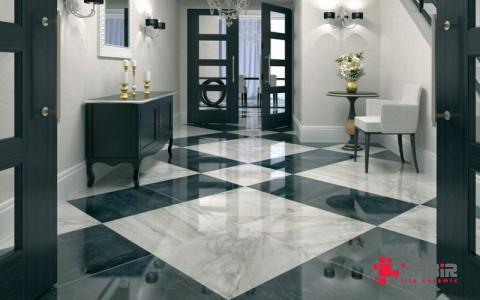
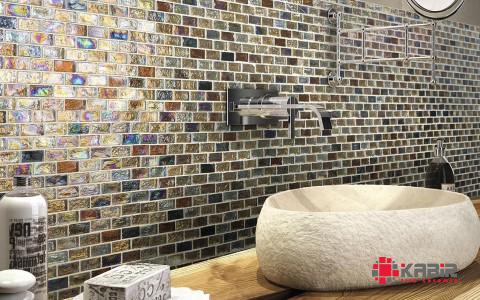

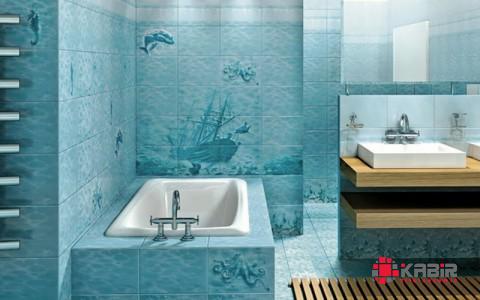
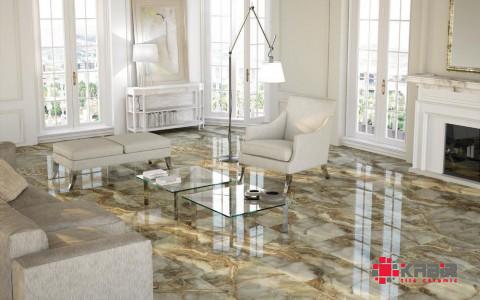
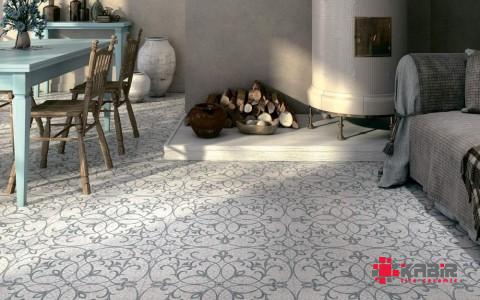
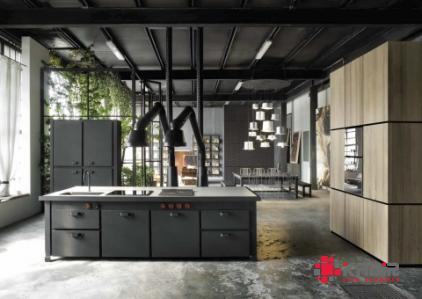
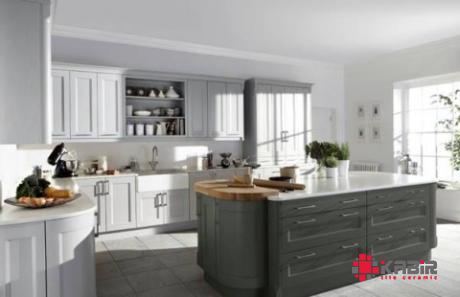
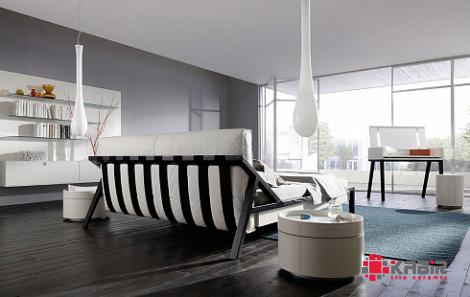
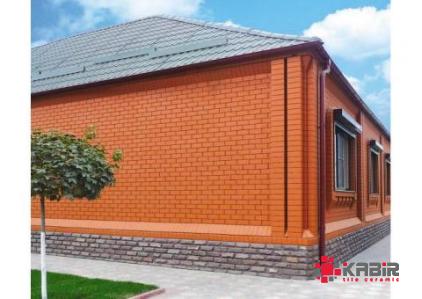
Your comment submitted.